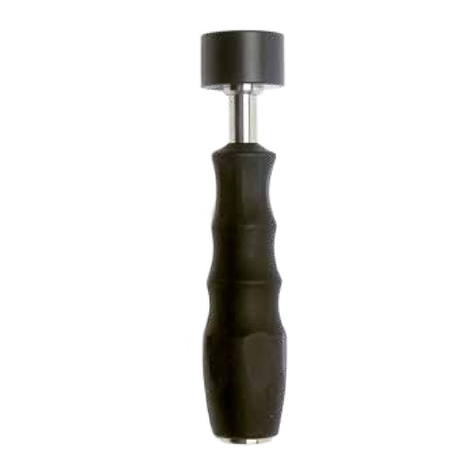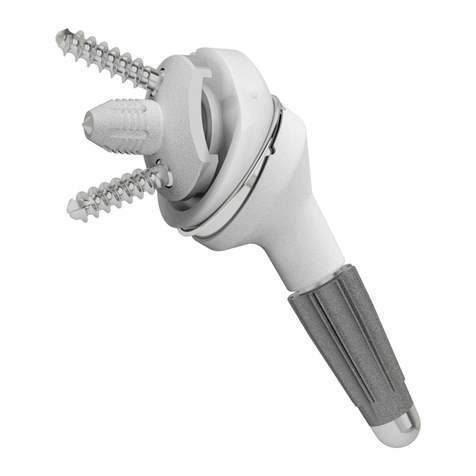
6
Pre-operative planning, through radiographic templates in different formats, provides essential information
regarding the type and size of components to be used and the correct combination of required devices
based on the anatomy and specific conditions of each patient. Inadequate pre-operative planning can lead
to improper selection of the implants and/or incorrect implant positioning. Complications or failures of the
total knee replacement are more likely to occur in heavy and highly active patients. The surgeon should
perform a careful evaluation of the patient’s clinical condition and level of physical activity before performing
knee replacement. Lima Corporate specialized technical staff is available to provide advice regarding pre-
operative planning, the surgical technique, and product and instrumentation assistance both prior to and
during surgery. The patient should be warned that the prosthesis does not replace normal healthy bone,
that the prosthesis can break or become damaged as a result of certain activity or trauma, that it has a finite
expected implant life, and may need to be replaced at some time in the future. The possible impact of the
factors mentioned in sections 2 and 3.4 should be considered preoperatively and the patient informed as to
what steps he/she can take to reduce the possible effects of these factors. Implants are single use devices;
do not re-use implants that were previously implanted in another patient. Do not re-use an implant that
has previously come into contact with the body fluid or tissue of another person. Surgical instruments
are subject to wear with normal usage. After extensive use or excessive loads, instruments are susceptible
to fracture. Surgical instruments should be used only for their specific purpose. Before use, the functionality
of surgical instruments should be checked since the use of damaged instruments may lead to early failure of
the implants. Damaged instruments should be replaced before surgery.
3.2 INTRAOPERATIVE
The use of trial devices is recommended to check the correct site preparation, size and positioning of the
implants to be used. It is recommended that additional implants are available during surgery for use in those
cases requiring prostheses of different sizes or when the preoperatively selected prostheses cannot be used.
The correct selection as well as the correct seating/placement of the implant is extremely important. Improper
selection, positioning, alignment and fixation of the implant components may result in unusual stress
conditions which may affect system performance and survival of the implant.
The components forming original Limacorporate systems must be assembled according to the surgical
technique and used only for the labelled indications.
Use only instruments and prosthesis trials specifically designed for use with the implants being used.
The use of instruments from other manufacturers or the use of instruments designed for use with other
systems can lead to inappropriate preparation of the implant site, incorrect positioning, alignment and fixation
of the devices followed by loosening of the system, loss of functionality, reduction of the durability of the
implant, and the need for further surgery. Care must be taken to protect the surfaces involved in the coupling
between components (taper coupling between the tibial plate and the tibial stem and coupling between the
tibial plate and the tibial liner); the articular surfaces of the implants should be protected from scratches or





























